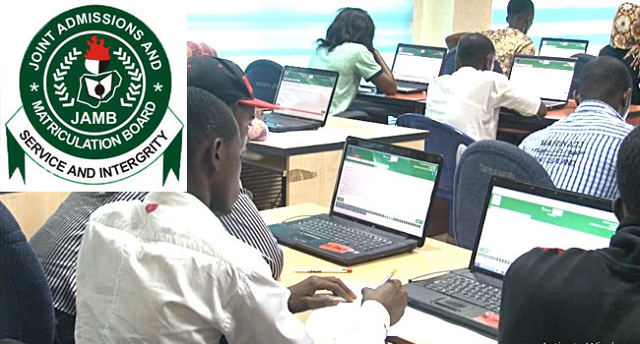The U.S. dollar was little changed against the euro on Thursday as investors were reluctant to take large positions before next week’s Federal Reserve meeting and the G20 summit in Japan later this month.
Tepid inflation and weakening economic data in the midst of a U.S.-China trade war has fed expectations that the Federal Reserve is close to cutting interest rates.
That has brought the U.S. dollar down from two-year highs reached in May, yet investors are reluctant to get too bearish on the greenback without further confirmation that rate cuts are near.
“I think in order to see the dollar weaken further you need to see some follow through from the Fed on rate easing,” said Mazen Issa, senior fx strategist at TD Securities in New York.
The Fed is not widely expected to cut rates when it meets on June 18-19, though investors will watch for new signals that a cut may come in July.
Interest rate futures traders are pricing in a 21% chance of a cut in June, and an 85% likelihood of at least one cut in July.
The other major catalyst for the dollar in the near term is whether the United States and China will renew trade negotiations at the G20 summit on June 28-29.
With international economic growth slowing, investors are also nervous that U.S. President Donald Trump is now considering tariffs on Japan and Europe.
International Monetary Fund (IMF) Managing Director Christine Lagarde warned that escalating trade tension pose risks that the eurozone could slip into a prolonged period of low growth.
The Australian dollar dropped on Thursday after a mixed set of local jobs data were taken as a green light for a rate cut as soon as July.














